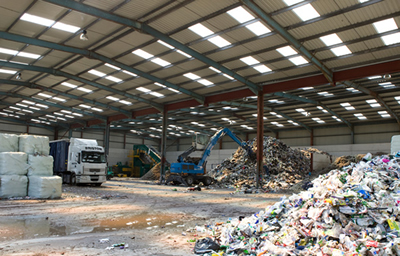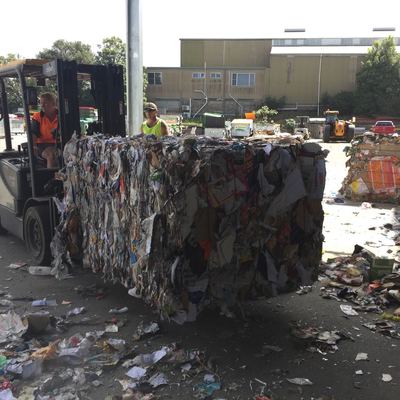Energy Crisis
The International Energy Agency (IEA) said the world faces its...









9-14GJ/MT of energy can be produced from refuse derived fuel.
<35% moisture is required to burn RDF to produce energy.
Over a decade of strong experience in the fuel provider market.
RDF is a type of fuel made by shredding and dehydrating solid waste. RDF is mostly composed of combustible municipal waste components such as plastics and biodegradable trash.
RDF is an abbreviation for Refuse Derived Fuel. This fuel is made from combustible components known as Municipal Solid Waste – MSW for short. This garbage, which is typically collected from industrial or commercial facilities, is shred, dried, baled, and then burned to generate electricity. RDF is poor in energy and primarily composed of household garbage.
Get In Touch
RDF is a type of fuel made by shredding and dehydrating solid waste. RDF is mostly composed of combustible municipal waste components such as plastics and biodegradable trash.
RDF is an abbreviation for Refuse Derived Fuel. This fuel is made from combustible components known as Municipal Solid Waste – MSW for short. This garbage, which is typically collected from industrial or commercial facilities, is shred, dried, baled, and then burned to generate electricity. RDF is poor in energy and primarily composed of household garbage.
Get In Touch
Refuse Derived Fuel is commonly used in the cement industry.
Reduce Derived Fuel is burned to produce Electricity.
RDF is used to produce hot water for communal heating systems.
RDF is a great choice for companies looking to be environmentally friendly and sustainable.











At recovery facilities, fuel derived from waste is used to generate electricity and hot water for communal heating systems.
| Product | RDF |
|---|---|
| Energy value | 9-14GJ/MT |
| Particle size | <400MM |
| Moisture | <35% |
| Ash | <20% |
| Chlorine | <1% |
SRF (SOLID RECOVERED FUEL) is an alternative fuel source which is derived from municipal waste. The municipal waste is heated and processed in a refinery ensuring that the end product has the best calorific value. Our SRF continually achieves the higher rate of calorific value with net calorific values often exceeding 4,500. SRF in pellet form can often exceed 5,500 NCV.
We take things seriously. Our plants and refineries have the most advanced technology ensuring that our end product is of the highest quality.
SRF and most alternative fuels have been in use throughout Europe for several decades. Europe is the world's leading expert in use and reformation of alternative fuels. Most fuel produced in Pakistan is derived from fresh waste, such as organic waste, sometimes referred to as 'Wet Waste'. Wet waste often has no calorific value comparative to the high amount of plastic with low chlorine levels in Europe. Several plants have attempted to manufacture SRF in Pakistan within the last decade but have only managed to refine waste to produce RDF (REFUSE DERIVED FUEL), the first stage of manufacturing process. This is mainly due to the lack of high calorific content.
Yes! Our plan is to develop 2 plants in Pakistan. One in Balochistan and the other in Lahore. These plants we hope to have up and running by 2025. Having invested $16 M in our sites, we are aiming to be the lead provider of alternative fuels in both Pakistan and Asia by December 2025.
The International Energy Agency (IEA) said the world faces its...
Thermal energy (heat energy) radiates from the Sun. Some of this...
Young people in Scotland are taking part in climate strikes from...
Probio is among the world’s leading renewable energy solutions provider.